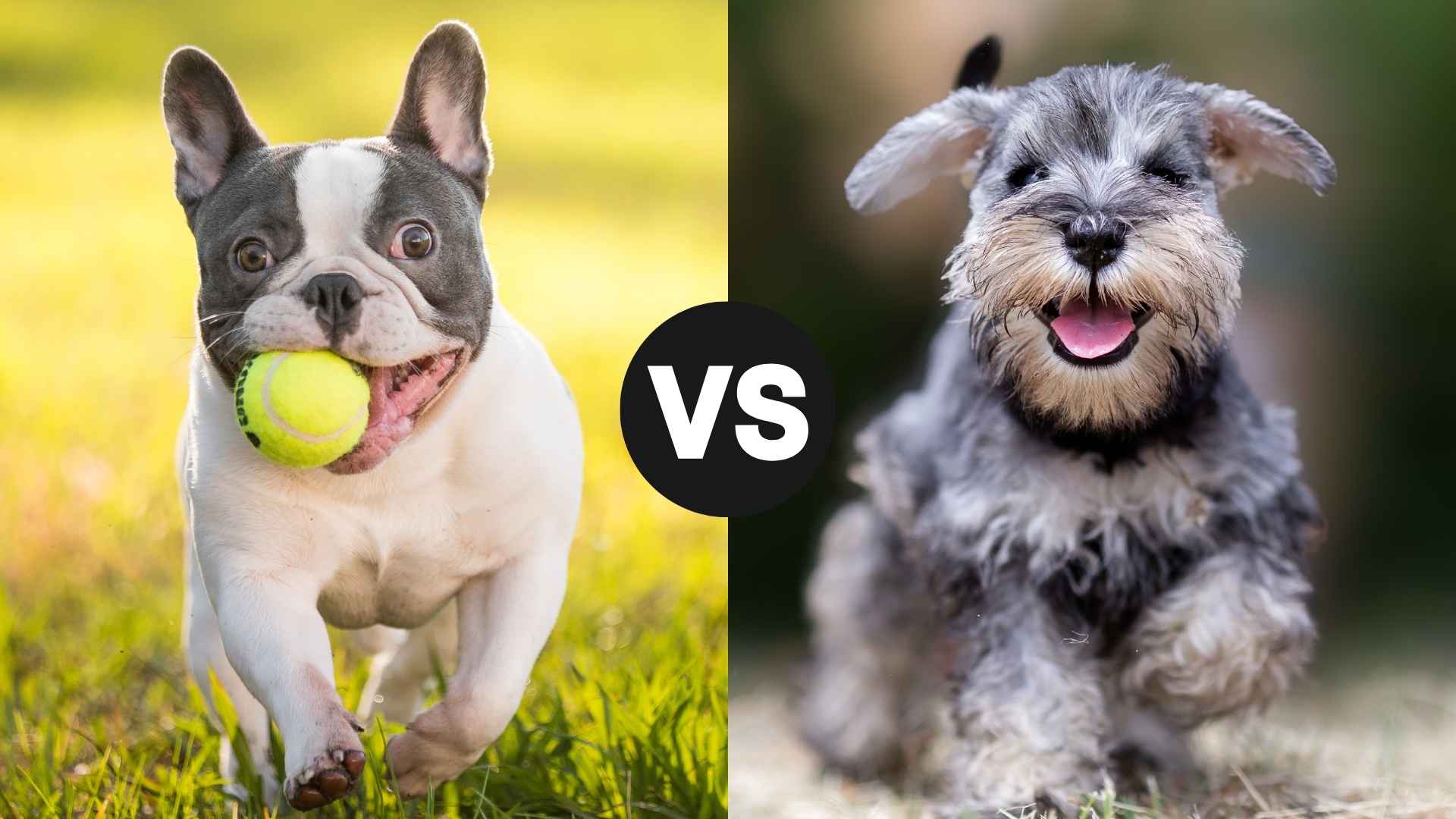When choosing the perfect dog, it’s important to consider the unique characteristics of different breeds. The French Bulldog vs Miniature Schnauzer comparison is a common dilemma for potential dog owners, as understanding their history can help in making an informed decision, as both breeds are adored for their distinct personalities and charm.
While one may offer a more laid-back, affectionate companion compared to other dogs, the other is lively, bold, and full of spunk. Understanding the differences in their origin, temperament, grooming needs, and ideal living conditions can make all the difference in finding the right match for your lifestyle.
Whether you’re seeking a dog for apartment living or an active family, the choice between these two breeds will shape your experience as a pet parent.
French Bulldog vs. Miniature Schnauzer
French Bulldog vs. Miniature Schnauzer: Origin
The French Bulldog’s story begins in England during the Industrial Revolution, where it was originally bred to be a smaller version of the English Bulldog. These dogs were primarily used for ratting and as companion animals.
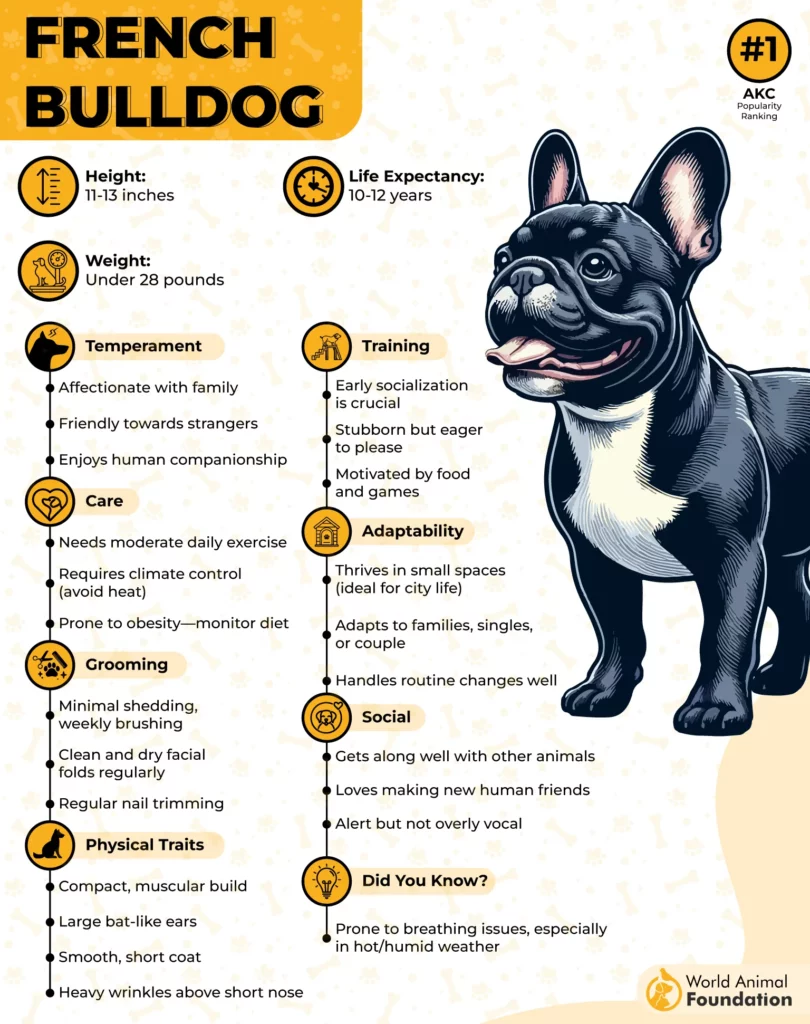
During this period, lace workers from Nottingham, who moved to France in search of better job opportunities, brought the breed with them. As the dogs settled into French society, their history shows they became highly popular among the French aristocracy, particularly in Paris.
Over time, selective breeding enhanced the breed’s features, such as their signature “bat ears,” round eyes, and compact stature, making them even more adored as companion animals. They were officially recognized by the French Kennel Club, marking the beginning of their global rise.
Meanwhile, the Miniature Schnauzer dog’s origins can be traced back to Germany in the late 19th century. The breed was developed by crossing the Standard Schnauzer with smaller breeds like the Affenpinscher and Poodle, resulting in a dog that was ideal for ratting and guarding. The Miniature Schnauzer’s smaller size made it a versatile companion, fitting easily into homes while still being capable of working on farms to control vermin.
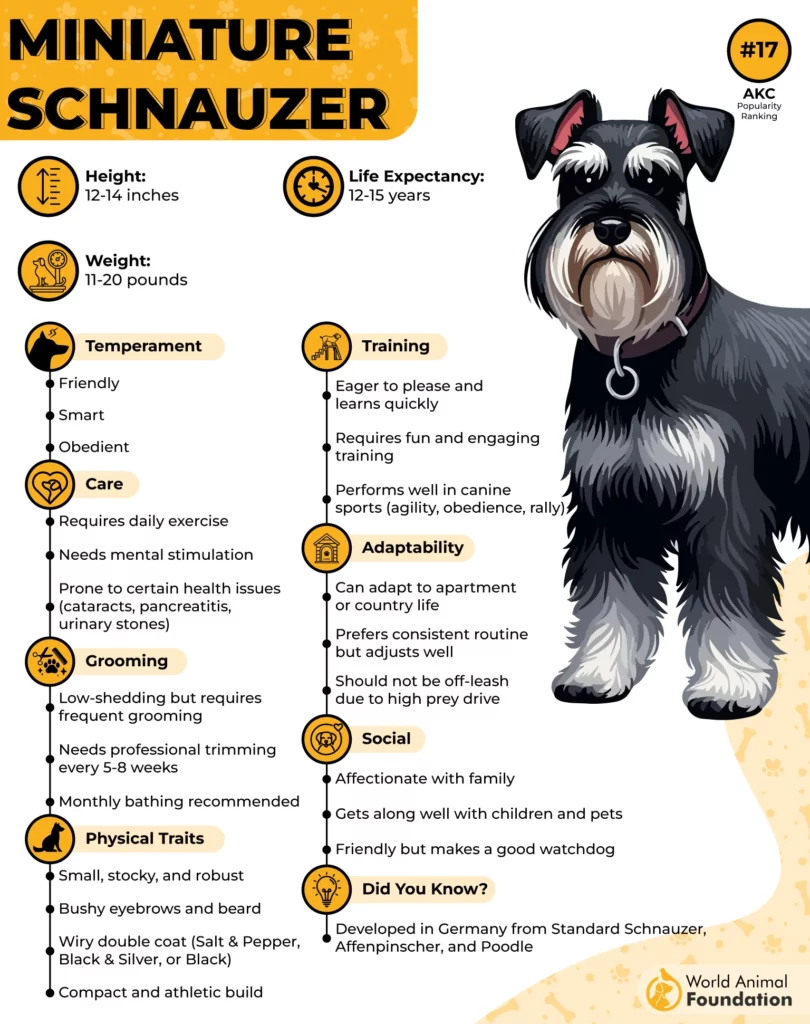
By the early 20th century, this breed gained popularity in both rural and urban areas, leading to a frequent presence in various dog shows. Initially recognized by the AKC in 1926, the breed’s distinctive beard and eyebrows, combined with its wiry coat, set it apart from other terriers. This little powerhouse soon became popular as a pet, prized for its energy, intelligence, and loyalty.
Despite their differences in geographic origins, both the French Bulldog and the Miniature Schnauzer share a history of being beloved companions. The French Bulldog’s rise to fame was largely in urban Paris, while the Miniature Schnauzer evolved in a variety of environments, combining its roots in utility with its modern-day status as a family dog.
French Bulldog vs. Miniature Schnauzer: Physical Characteristics
The French Bulldog is compact, muscular, and built low to the ground with a broad chest and a square-shaped body. What instantly grabs attention are its signature bat-like ears—large, upright, and expressive. Its short, smooth coat clings close to the body, showing off its sturdy frame. Despite its small size, this breed carries a surprising amount of heft, often weighing between 16 to 28 pounds.
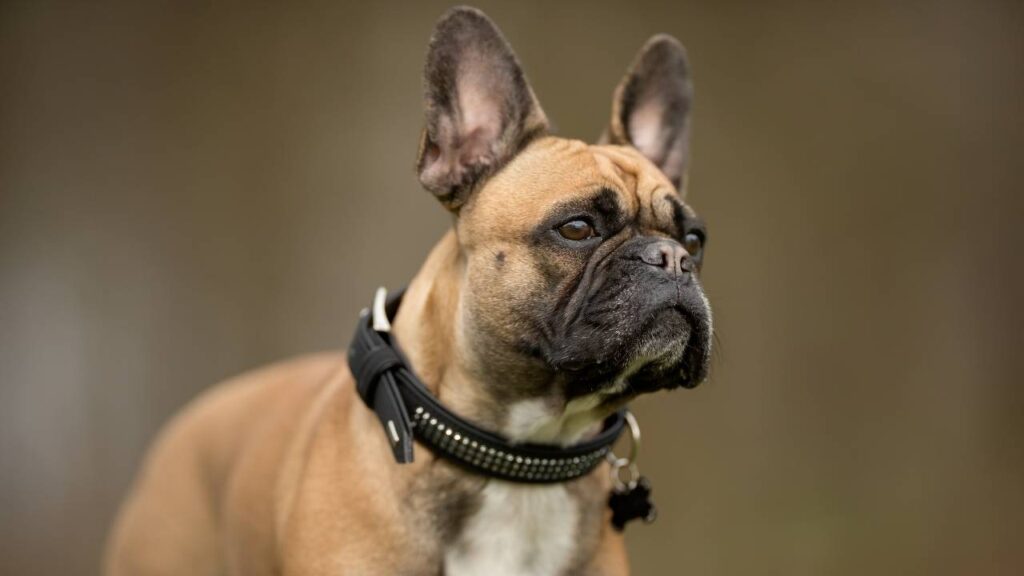
In contrast, the Miniature Schnauzer presents a more angular and refined silhouette. It stands taller than the Frenchie and has a wiry double coat that lends a rugged charm. With its distinctive beard and bushy eyebrows, the Schnauzer’s face is full of character and almost human-like expression. The coat may be salt-and-pepper, black, or black-and-silver, requiring regular grooming to maintain its classic, tidy look.
Facially, these breeds couldn’t be more different. The French Bulldog has a flat, brachycephalic face with deep wrinkles, especially around the nose and forehead. This gives them a comical, almost perpetually concerned expression. On the other hand, the Schnauzer sports a longer, more traditional muzzle with a proud and alert demeanor. Their eyes are sharp and watchful, underscoring their terrier roots.
Their tails also reflect their heritage. Most French Bulldogs have short, naturally stubby tails—sometimes straight, sometimes corkscrew-shaped. Schnauzers usually have a longer tail that may be docked in some regions, but otherwise curves or stands erect. Their body language differs too: the Frenchie’s movements are more waddling and bulldog-like, while the Schnauzer moves with a springy, agile step.
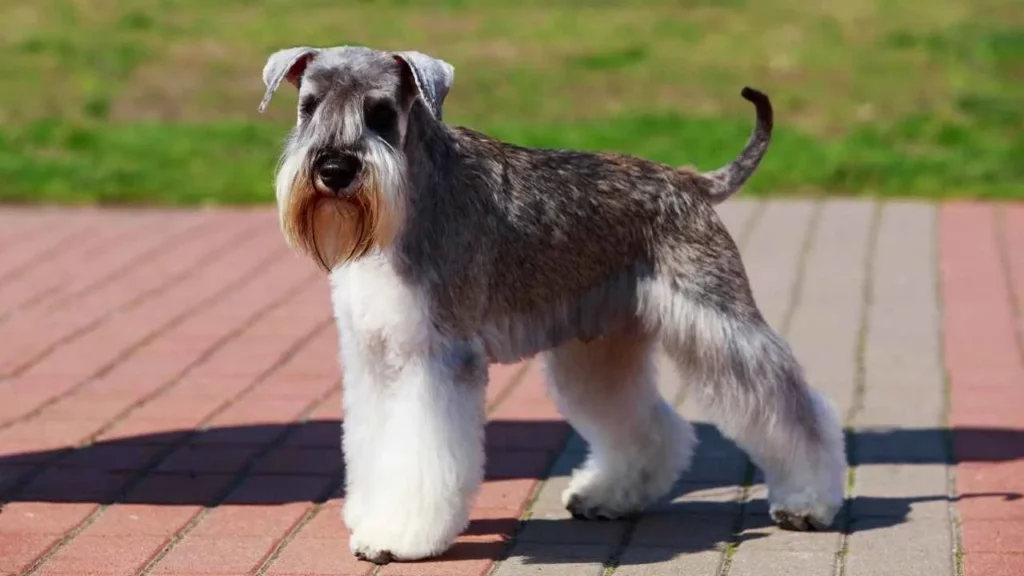
Overall, the French Bulldog leans into a soft, rounded appearance with a clownish charm, while the Miniature Schnauzer shows off clean lines, sharp features, and a touch of rugged elegance. Each breed is unmistakably unique in appearance—one radiating cuddliness and the other presenting a dapper, no-nonsense profile.
French Bulldog vs. Miniature Schnauzer: Temperament
The French Bulldog is widely known for its easy-going and affectionate nature. These dogs are typically calm and enjoy spending time with their families. They form deep bonds with their human companions and are often seen lounging around the house or enjoying a quiet snuggle on the couch. Their playful nature adds to their charm, but they aren’t overly energetic, making them perfect for individuals or families with a more relaxed lifestyle.

French Bulldogs are not particularly fond of being left alone for extended periods and may show signs of separation anxiety if left in isolation. Their attachment to their family members often manifests in them following their owners from room to room. They can also exhibit a stubborn streak at times, making them somewhat difficult to train, but with positive reinforcement, they usually do well in obedience training.
On the other hand, the Miniature Schnauzer dogs have a more lively temperament. While still affectionate, this breed tends to be more independent and alert. Schnauzers are intelligent and energetic, always looking for new ways to keep themselves entertained.
They are known for their strong guarding instincts and will not hesitate to alert their owners about anything they find unusual. This makes them excellent watchdogs, as they are naturally suspicious of strangers and often vocalize their concerns.
However, their alertness and high energy levels mean they require regular exercise and mental stimulation. If a Miniature Schnauzer doesn’t get enough activity, they can become bored and may exhibit undesirable behaviors. While they are loving towards their families, their protective nature means they might be less trusting of unfamiliar people, requiring early socialization to prevent overprotectiveness.
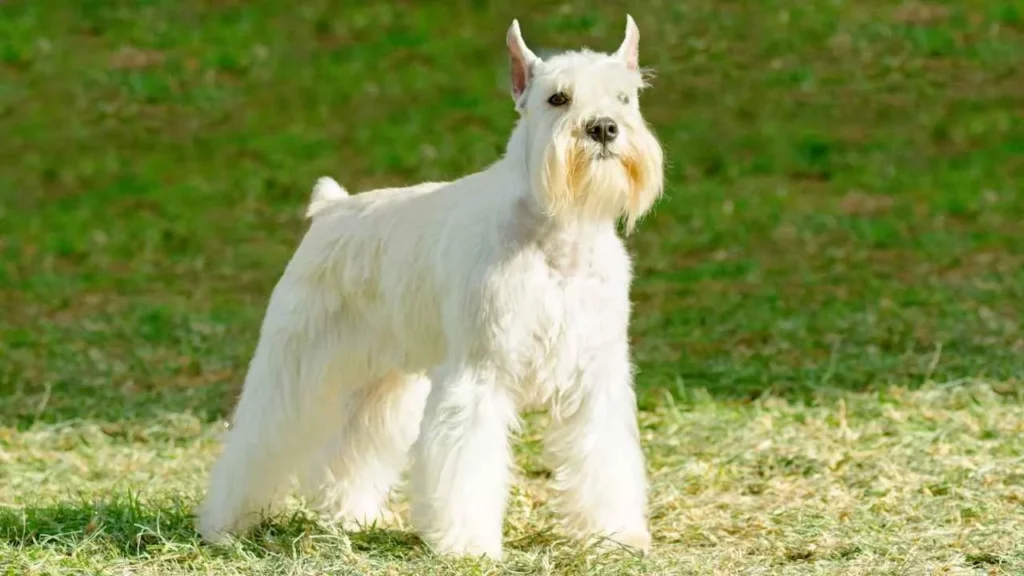
While both breeds are loyal and loving, the French Bulldog is ideal for a calmer environment, accommodating various preferences of dog owners. While the Miniature Schnauzer dogs suit more active households where its energetic, protective nature can shine.
French Bulldog vs. Miniature Schnauzer: Suitability for Owners
French Bulldogs are known for their charming, almost comedic personalities, showcasing their playfulness in various situations. They have a reputation for being affectionate, funny, and often slightly mischievous. Their calm demeanor makes them wonderful lap dogs, always eager to receive attention and love from their family members.
French Bulldogs are incredibly social, yet they don’t demand constant stimulation, which makes them an ideal breed for those who prefer a relaxed, more low-key companion. Their independent streak can sometimes make them seem aloof, but they generally crave human interaction and enjoy being in the same room as their family.
Their playful antics, like chasing toys or snuggling up with family members, make them a constant source of entertainment. They do, however, have a stubborn side, often making training a bit of a challenge. But with patience and consistency, they tend to learn quickly.
Miniature Schnauzers, on the other hand, possess an energetic and spirited personality that makes them stand out. Known for their confidence, they approach life with a boldness that belies their small size. These dogs are naturally alert and protective, making them exceptional watchdogs.
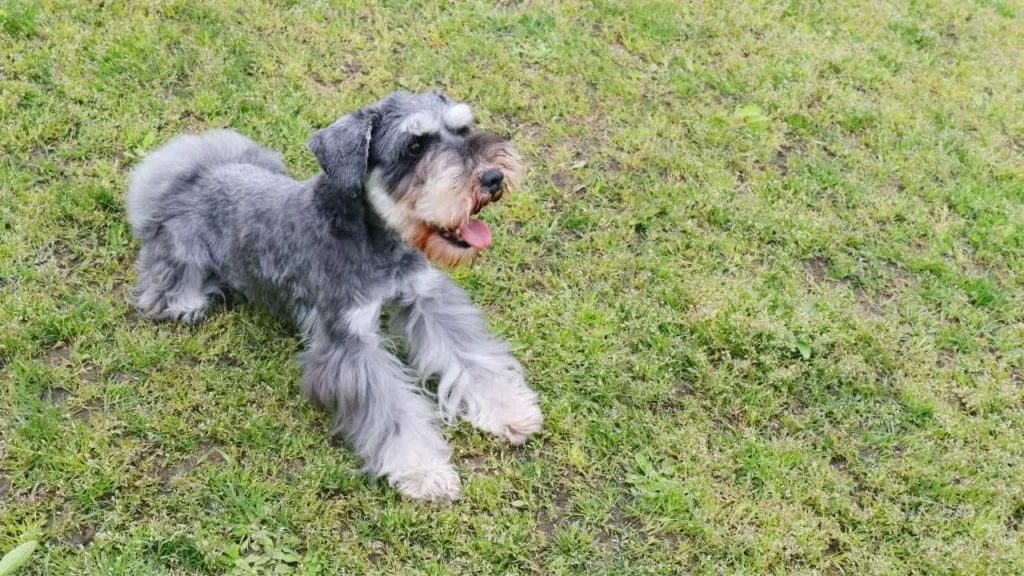
Miniature Schnauzers are curious and have a strong desire to explore, often getting into mischief if not kept busy. Their high energy levels demand regular exercise, which, when combined with their intelligence, makes them great at learning new tricks and commands.
However, their independent nature can sometimes make them less obedient than other breeds. Training a Miniature Schnauzer requires a firm hand, but it’s equally important to make it fun and rewarding for them. Their outgoing personalities make them excellent family pets, although they may need help learning how to share their space with other pets.
While the French Bulldog is more of a laid-back, affectionate companion, it is also sensitive to the moods of its family members. The Miniature Schnauzer brings high energy, alertness, and boldness into any home, but it’s essential to consider their health concerns.
French Bulldog vs. Miniature Schnauzer: Ideal Living Conditions
French Bulldogs are often considered dog-friendly due to their calm nature. They are best suited for apartment living due to their small size and laid-back nature. They thrive in homes where they can spend a lot of time with their owners, but they can easily gain weight if not monitored, as they enjoy being close to the people they love.

Despite their fondness for lounging, French Bulldogs are not completely sedentary. They have average exercise needs and enjoy short walks. Their low activity levels and tendency to sleep for extended periods make them ideal for owners with a more relaxed lifestyle.
However, due to their brachycephalic faces, French Bulldogs can suffer from breathing difficulties in hot or humid conditions. This makes them ill-suited for extremely hot climates, and owners should ensure they have access to cool, shaded areas to avoid heatstroke.
In contrast, Miniature Schnauzer dogs are more active and require a bit more space to roam, says the AKC. While they can adapt to apartment living, they thrive in homes with yards or nearby parks where they can burn off energy. Schnauzers enjoy playing, running, and engaging in various activities, so they need plenty of physical and mental stimulation.
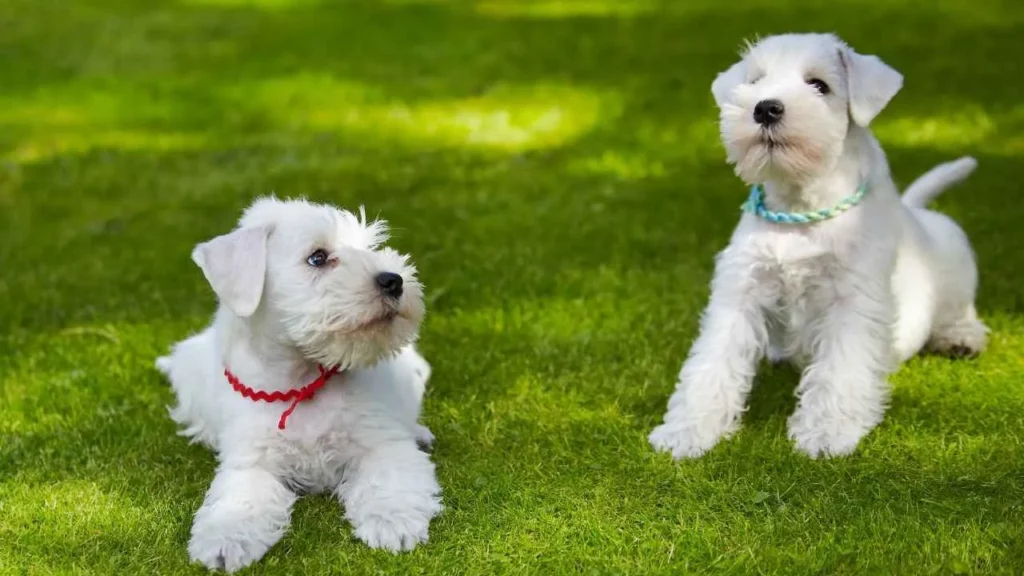
They are suited for more active households, where they can participate in outdoor adventures or family activities. Miniature Schnauzers are also more adaptable to different climates, but should be kept in comfortable conditions, as extreme temperatures can affect their health. They are quite content living in urban or suburban settings, provided they get the exercise and attention they need.
The French Bulldog is better suited for smaller, quieter living spaces, while the Miniature Schnauzer thrives in environments with more room for activity and play.
French Bulldog vs. Miniature Schnauzer: Care and Grooming Requirements
French Bulldogs are relatively low-maintenance when it comes to grooming. Their short, smooth coat requires minimal care, with regular brushing needed to remove loose hair and keep their skin healthy. Their wrinkles, however, require special attention to avoid dirt and moisture buildup, which can lead to skin infections. It’s essential to clean their facial folds regularly to keep them free from debris and moisture.
Additionally, French Bulldogs need their ears cleaned regularly to prevent infections. They don’t shed excessively, but like all breeds, they will benefit from occasional baths and nail trims. While their grooming needs are not demanding, French Bulldogs do require regular health checks to monitor for respiratory issues due to their flat faces.
In contrast, Miniature Schnauzer dogs require more grooming to maintain their signature wiry coat. Regular brushing is necessary to prevent matting, especially around their beard, eyebrows, and legs. Schnauzers need to be trimmed or hand-stripped at least every six to eight weeks to keep their coat in top condition.

Their facial hair also requires regular care to prevent tangling. Schnauzers are prone to eye discharge, so regular cleaning of their eyes and ears is necessary to prevent infections, says WebMD. While they don’t shed as much as other breeds, regular grooming is a must to keep their coat looking its best. They also need routine nail trims, baths, and teeth cleaning to ensure they stay healthy.
The French Bulldog requires less grooming overall, with an emphasis on skin and wrinkle care, while the Miniature Schnauzer dog’s grooming routine is more extensive, requiring consistent trimming and care.
French Bulldog vs. Miniature Schnauzer: Average Lifespan
The average lifespan of a French Bulldog ranges from 10 to 12 years. Despite being a generally healthy breed, they are prone to certain health issues due to their physical characteristics. Their flat faces, or brachycephalic structure, can lead to breathing problems, such as brachycephalic obstructive airway syndrome (BOAS).
In addition to respiratory concerns, French Bulldogs are also susceptible to joint issues like hip dysplasia. These conditions can affect their quality of life and lifespan if not properly managed. Regular veterinary checkups are essential for detecting and treating these problems early.
Maintaining a healthy weight is crucial for French Bulldogs to ensure a longer life, says PetMD. Overweight French Bulldogs are more likely to develop health complications, including heart disease and joint problems. A balanced diet and moderate exercise can help prevent such issues.
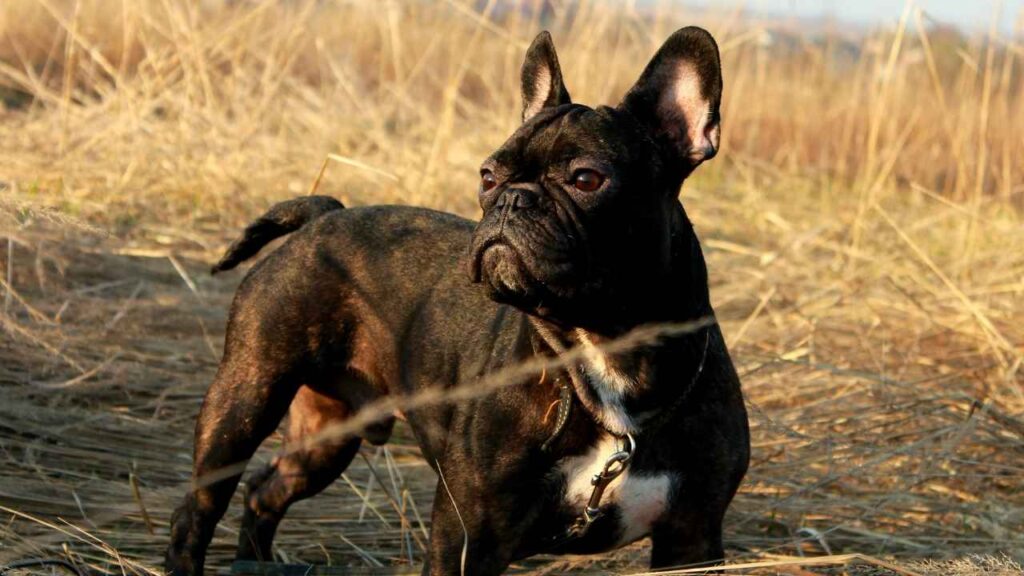
On the other hand, Miniature Schnauzers tend to live longer, with an average lifespan of 12 to 15 years. Their active nature and generally good health contribute to their longer lifespan. Schnauzers are relatively hardy, but they can be prone to conditions like pancreatitis and kidney stones.
Regular health check-ups are essential for Miniature Schnauzers to catch any early signs of illness. With proper care, a balanced diet, and consistent exercise, they can enjoy a long, healthy life, often outliving many other small dog breeds.
Conclusion
Comparing a French Bulldog and a Miniature Schnauzer depends largely on your lifestyle, experience as a dog owner, and the kind of companionship you seek. Frenchies are ideal for novice owners who prefer a dog with a relaxed temperament, whereas Mini Schnauzers are smart and better suited for active individuals or families who enjoy engaging with a dog that has a strong sense of independence and an alert nature.
Both breeds have distinct grooming needs, with the French Bulldog’s short coat requiring minimal care compared to the Mini Schnauzer’s wiry coat, which requires regular brushing to avoid matting.
Whether you’re deciding between a Bulldog vs Miniature Schnauzer or simply comparing these two breeds, make sure you select the one that best fits your living environment, time commitment, and ability to meet their health issues.


